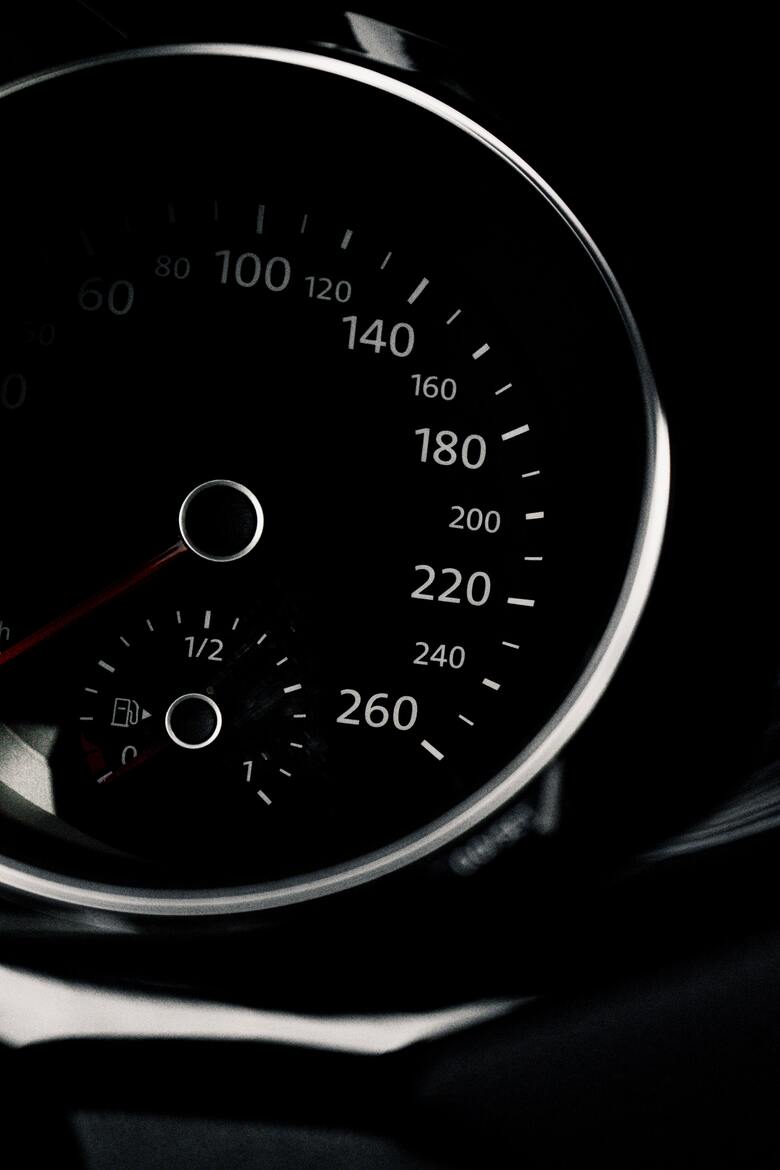Established in 2010
Orange County, CA


Page Speed is the speed at which a webpage loads. It is measured in milliseconds (ms) and it can affect your website’s ranking on search engines, as well as its user experience. It has a direct impact on how quickly your site loads. The faster your site loads, the more likely it is to be ranked higher than sites that take longer to load. Page speed optimization is a good way to retain users, and thus increase your site traffic. A page’s loading time is determined by many factors: the size of the page, the number of images on the page, server response time, etc.
The best way to determine how fast a page is loading is by using a web analytics tool. In order to avoid user frustration, and thus reduce the likelihood of users abandoning your site in favor of one that loads faster, it’s important to have your pages load in less than 3 seconds. But what are the ways to optimize your website?
Page speed is a crucial factor in determining how successful your business will be as it has a major impact on the user experience. If you have a slow website, it will frustrate your visitors and they are likely to leave your site, never to come back again.
It’s not just about the user experience either – page speed also affects SEO rankings and conversion rates.
Websites are the most important way of reaching out to potential customers. And, if you want your website to rank well on Google searches, then it is best that you optimize your website for better visibility.
Nowadays, it is difficult to get noticed in the digital world. If you want to stay ahead of the competition, then you need to make sure that you optimize your page for increased visibility on Google searches. This ensures that your business gets a steady flow of traffic and leads from search engines.
Slow website and slow page load time are the two most common issues that webmasters face. The good news is that there are many ways to reduce site load time.
The first thing you should do is figure out what is causing the slow website or slow page load time. There are many possible causes for this issue, but they can be divided into two main categories: technical issues and social media shares slowing down your site. Site-wide page speed check is one way of measuring the performance of your website. It is important because it can help you identify the issues that might be slowing down your website and make changes accordingly.
Technical issues. There are a few technical issues that might be causing your site to experience slower page speeds. These are slow databases, slow hardware, and problems with third-party services/plugins. Common causes for these kinds of problems can be addressed by optimizing the server settings.
Social media shares can slow down your site by increasing the load on your website. Be sure to set the correct sharing settings and carefully monitor the load time of your site.
Website optimization is a process that improves the performance of a website. There are ways to optimize a website; one thing is by using tools or software to speed up a website.
There are many tools that are available to speed up a website. With these tools, website owners can identify and fix issues with their site and make sure it is performing at its best.
These web performance tools provide an overview of the site’s loading time, page size, the total number of requests made, and more. They also provide suggestions on how to improve the site’s loading time by reducing its size or removing unnecessary elements from the page.
The w3 audit tool is one such web performance tool that helps identify issues with a website and provides suggestions on how to fix them. Another one is Pingdom Tools which offers a free trial for a period of 30 days. They also provides a free plan for up to two websites.
So how can you test your site for page speed issues? There are tools out there that let you analyze the loading speed of your website. GTMetrix and Web Page Test are two great tools that will give you detailed feedback about how fast or slow your site is loading in real-time.
Speed matters. The faster your website loads, the more likely it is that people will stay on your site and browse the pages you have to offer. There are many technical ways to optimize your site and some of them are easier than others.
It is best to use multiple techniques in order to get the best results. For example, you can use load time testing tools, change your hosting provider, or utilize caching and compression technologies.
1. Reduce Page Size. Reduce the size of images and other media files to reduce page size which will make your site load faster.
2. Optimize Images. Image optimization is where you compress images so they take less space when they are loaded on a webpage. It reduces the time it takes for them to load in a browser window.
3. Use GZIP Compression. GZIP compression reduces file sizes by replacing repetitive strings of similar characters with a single character.
4. Use a host that offers a lot of bandwidth and storage space
5. Change your host if you don’t have enough bandwidth and storage space or if they’re not fast enough for your needs
3. Use caching technologies like Memcached, Redis, Varnish Cache
4. Check out Google PageSpeed Insights
5. Optimize images on your site by using Google SEO Image Optimizer.
Page speed optimization is the process of improving the response time of a website by identifying and fixing bottlenecks that slow down the loading speed. As a marketer, you know that time is money. And you know that the faster your website loads, the more people will spend time on it. It is important for marketers to keep their websites running smoothly in order to avoid losing potential customers and revenue.
Hey there, fellow WordPress user! Let’s talk about something crucial that often gets overlooked—updating your WordPress site. You might be …
Improving conversion rates on your business website is crucial for maximizing the return on your digital marketing efforts. A high …